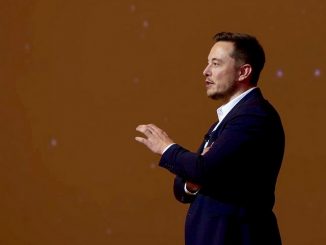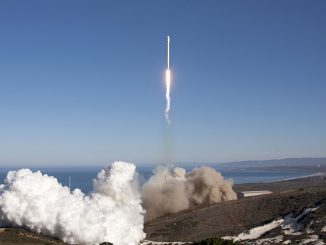Navigating by myself pic.twitter.com/CeFSqCcy5I
— Tesla Optimus (@Tesla_Optimus) October 17, 2024
Tesla’s latest showcase of Optimus, their humanoid robot, marks a significant milestone in robotics, demonstrating advancements that blur the line between sci-fi and reality. The new footage reveals Optimus walking with a newfound confidence, a testament to its improved balance and motor control. This progression signifies not just a step but a leap towards integrating robots seamlessly into everyday environments.
What stands out in this demonstration is Optimus’s ability to autonomously navigate through previously unseen spaces. Utilizing sophisticated neural networks, the robot processes visual data in real-time, allowing it to avoid both static obstacles and moving entities like humans. This capability hints at a future where robots could work alongside humans in dynamic settings without constant human oversight.
Moreover, Tesla has introduced a collective intelligence feature where multiple Optimus units share environmental data. This shared understanding could revolutionize how robotic teams operate, enhancing efficiency in settings like warehouses or disaster zones, where mapping and navigation are crucial.
Another highlight is Optimus’s precision in self-docking at charging stations using only its rear camera. This self-sufficiency in energy management points to potential long-term autonomous operations, reducing the need for human intervention and showcasing practical applications in settings where continuous operation is beneficial.
The physical prowess of Optimus has also been upgraded. It now handles significant payloads, like an 11-kilogram battery tray, without breaking a sweat, metaphorically speaking. This capability opens up possibilities in manufacturing or logistics where heavy lifting is routine.
Perhaps most intriguing is Optimus’s venture onto non-flat terrains, suggesting that future iterations might be seen in more rugged environments, expanding the scope of where robots can be deployed. Additionally, its interaction capabilities have been refined; Optimus can now recognize unsafe behaviors and respond appropriately to human requests, making it not just a worker but a potentially integral part of safety protocols.
All these functionalities are powered by a single neural network running on Optimus’s onboard computer, showcasing the efficiency and power of Tesla’s AI development.
With Optimus continuously evolving, it’s clear that Tesla isn’t just building a robot; they’re crafting a new colleague for the human workforce, one that could soon be seen in our homes, workplaces, and beyond.
- Bulenox: Get 45% to 91% OFF ... Use Discount Code: UNO
- Risk Our Money Not Yours | Get 50% to 90% OFF ... Use Discount Code: MMBVBKSM
Disclaimer: This page contains affiliate links. If you choose to make a purchase after clicking a link, we may receive a commission at no additional cost to you. Thank you for your support!





Leave a Reply